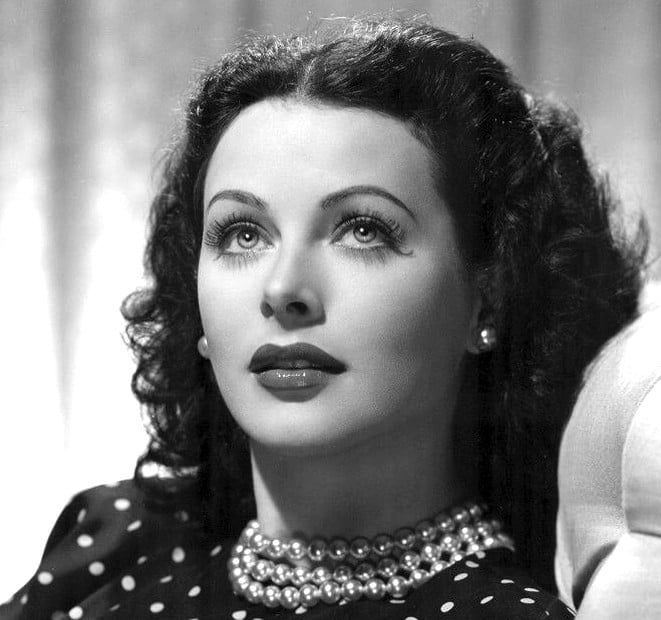Hedy Lamarr was one of the most popular Hollywood starlets of her time. Yet while she gained her fame largely due to her stunning beauty and successful acting career, Lamarr was also a skilled inventor whose contributions helped pave the way for many of the technologies we use today. This includes GPS, Bluetooth, WiFi and even cellular service.
Could you imagine life without Bluetooth, GPS, or WiFi? Without GPS phones wouldn’t be able to provide directions, things like air travel would be more dangerous, and numerous other location and navigation technologies simply wouldn’t exist. What about life without wifi and your smartphone? Given how dependent many of us are on these technologies, our lives would look very different without them.
So how did a Hollywood starlet contribute to the development of all of these technologies? First, let’s dig into Lamarr’s work itself, and then we’ll provide more background on Lamarr herself.

Driven By War To Invent
Lamarr’s key contribution was to the field of spread-spectrum radio. More or less, she created a way for radio frequencies to change rapidly over time. Only the broadcaster and the device being broadcast would know the changing frequencies. This made it much harder for signals to be intercepted and hacked.
Lamarr wasn’t driven just by her insatiable curiosity to create this technology, she wanted to make it harder for the Axis Powers in World War II to hack torpedoes. Part of this was likely due to her Jewish descent (more on that later). Part of her drive also seemed to be her desire to help her adopted country, the United States.
With World War II raging, everyone was asked to contribute. For Lamarr, helping make torpedoes unhackable was a natural choice. She was familiar with these weapons as her first husband had been an Austrian arms dealer. She also knew that torpedoes could use radio signals for guidance, and but that they were easy to hack.
Working with composer George Antheil, Lamarr conceptualized a way to prevent the hacking of radio signals by creating a new frequency-hopping, spread-spectrum technology. The radio frequency constantly changed between 88 different frequencies, making it much harder for enemies to hack the radio signals and thus the torpedoes.
Interestingly, the initial research was outlined at a quiet dinner night. Lamarr was known for skipping Hollywood’s infamous party scene, and rarely drank. Instead, she preferred to have quiet dinner parties and to engage in intellectual conversations. At one of these parties, Lamarr and Antheil created a way for radio frequencies to hop based upon a piano roll to switch frequencies in short bursts.
On 11 August 1942 Lamarr and Antheil were granted a patent for their technology. They had hoped that the technology would aid in the war effort, but the military found the tech too difficult to implement at the time. Lamarr and Antheil gave the patent to the Navy, which promptly shelved it.
Research into radio technologies continued, however, and in the 1950’s private companies were working on a new technology, Code Division Multiple Access (CDMA). Researchers found Lamarr’s patent, and it quickly became popular to cite and helped advance the technology.
During her lifetime, however, Lamarr (as well as Antheil) received little attention for her work. Lamarr has since been honored by Google, which even celebrated her birthday (she passed away in 2000). Lamarr and Antheil’s work was also inducted into the National Inventors Hall of Fame in 2014.

